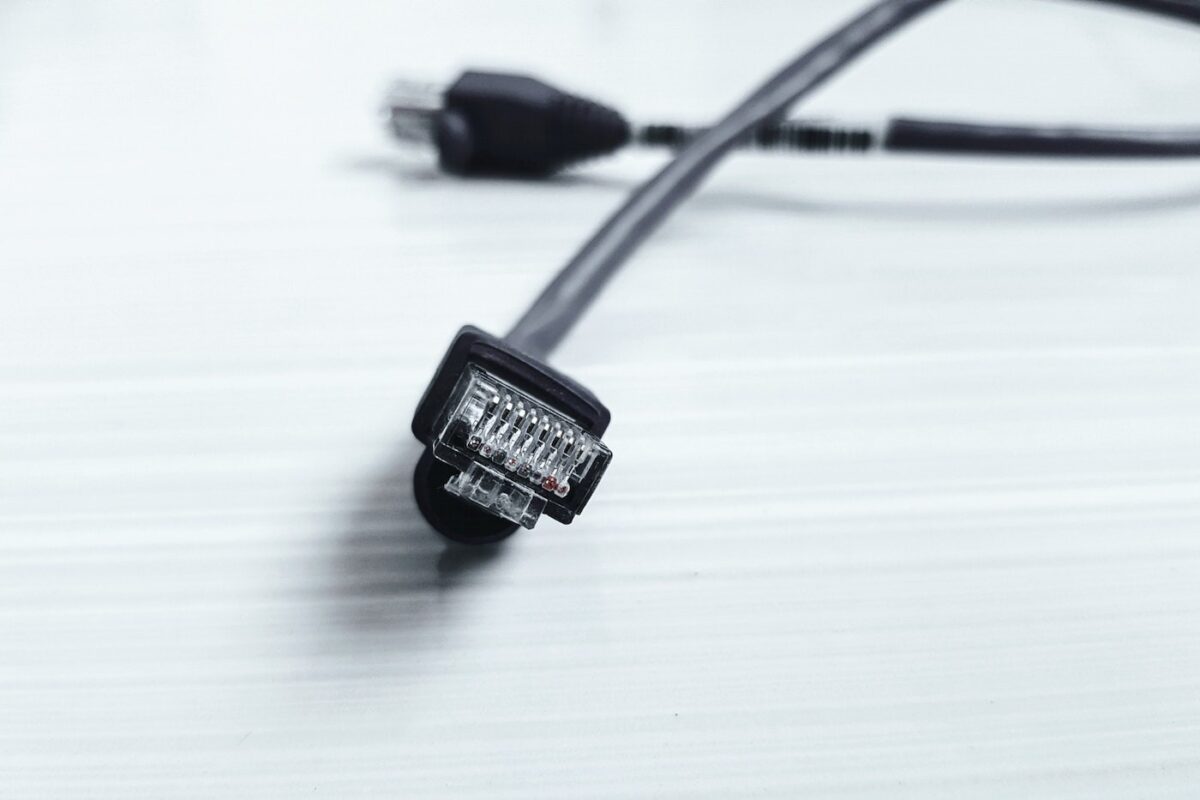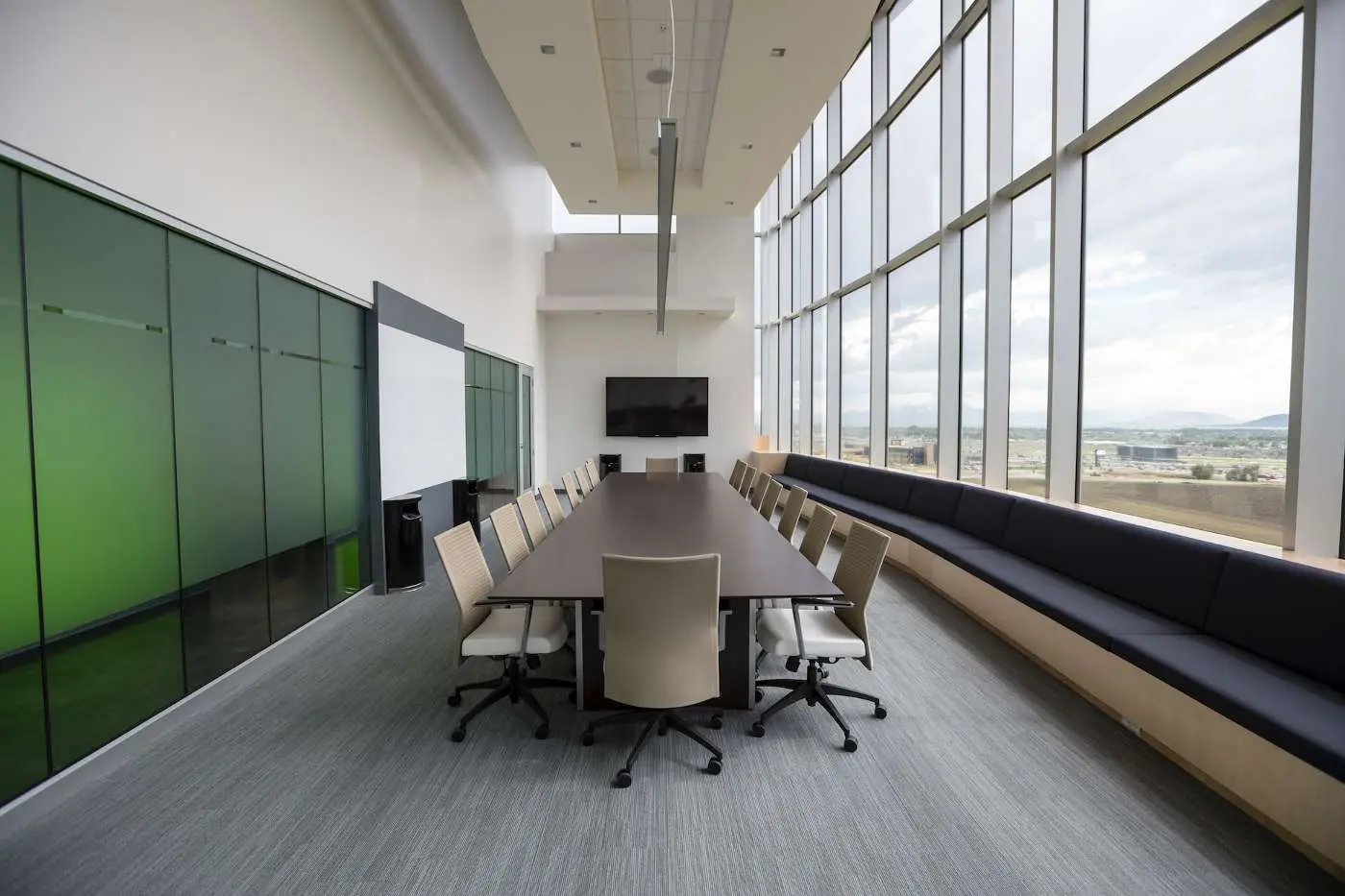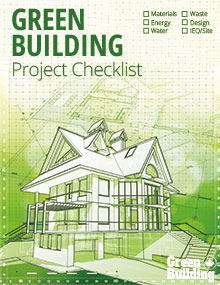For businesses going green, eco-friendliness isn’t just about remembering to turn off the lights when a space is not in use, or cutting down on your paper printing. Becoming more sustainable involves all aspects of business management, including security.
A desire to keep your office safe in a sustainable and eco-friendly manner can appear to be a challenge, but security for the environmentally conscious is possible. Security strategies can embrace and drive the green revolution with new technology and innovations.
The concept of sustainable security is not new. Some companies have been working on delivering greener products and services for a while now, propelled by consumers increasingly looking for eco-friendly solutions.
The first thing companies should do before implementing sustainable security solutions, however, is to evaluate the office’s energy consumption patterns to highlight inefficiencies.
A camera for a thermal imaging survey of your office can be very effective in evaluating how efficient energy use is. Some thermal IP cameras are equipped with sensors to verify IR radiation to audit and monitor electrical systems.
Energy-Efficient Security Monitoring, Video Analytics and Motion Sensors
Advancements in smart technology have enabled more efficient energy management in buildings. Smart sensors and controls optimize energy usage by adjusting lighting, heating and cooling systems based on occupancy and environmental conditions. HVAC controls, power management systems and energy-efficient appliances are also becoming increasingly popular.
Another green and energy-efficient innovation in the works is the development of energy-efficient CCTV that employ cameras that need little to no lighting for quality video monitoring.
Initially, IP cameras performed poorly in low-light environments, but the design of sensors and image quality are improving. These technological advancements are greener in that they need no extra lighting and are more energy efficient.
Another step towards greener security tools includes the use of focus illumination on specific areas rather than floodlighting, which can also increase energy savings.
Security cameras with motion detection sensors are another technology that saves on energy consumption. These cameras only begin to record when movement is sensed. This saves on video recording and power consumption.
Pairing video analytics with security cameras can also contribute to reducing an office’s need for hardware storage requirements on-site, translating into less energy consumption and less hardware to dispose of in the future. Video analytics can detect when relevant activity happens, optimizing surveillance recording.
Remote configuration and management of surveillance cameras can also contribute to reducing the commutes of IT service providers and hence CO2, as well.
Looking to the Sun
While not every business will be rushing out to install solar panels on roofs, solar power is an option to explore for many sectors, including security.
While security cameras may occasionally be solar-powered, these cameras are generally used in off-grid locations due to energy-distribution considerations and not necessarily for eco-friendly reasons.
Still, some companies do use solar panels to power low-current security cameras and other solar-powered gadgets and devices. As calls for sustainability increase, solar panel-powered cameras may become more common.
Solar-powered security systems offer an energy-efficient approach to powering video surveillance. They offer energy independence, lower costs, and a reduction in carbon footprints. There is no need for an electrical supply chain.
Flat Screen vs CRT Monitors
Many offices switched to flat screen monitors for better utilization of space, but flat screen monitors, including those used for security control purposes, use considerably less energy than bulky CRT screens.
As a bonus, they will emit less heat while operating, which can also decrease the need for fan coolers for equipment and office air conditioning.
PoE

Power over the Ethernet was originally designed to save costs and time, but this power supply technique is quite economical in its use of raw materials.
PoE permits electrical power and data to be transmitted using only one Ethernet cable. This configuration eliminates the need for individual power sources for various security devices and tools like wireless access points or IP cameras.
PoE technology simplifies installation and reduces the amount of cable used, which not only saves money but reduces an office’s environmental impact, as well. Electronic waste is an environmental issue, but because PoE eliminates the need for individual power and cable quantities It also can reduce electronic waste stemming from both installations and network maintenance.
Cybersecurity Sustainability
Applying sustainability to cybersecurity involves working with vendors that utilize forward-thinking environmental practices, such as cloud servers that use renewable energy for powering data centers.
It also means recycling servers and devices responsibly or opting to implement a “right to repair” equipment policy rather than just disposing of devices and machines.
Intelligent Illumination
Lighting is always an important part of on-site security. It is a strong deterrent, even when your office is closed. Two important security functions are detection and illumination.
New technology featuring motion detection sensors ascertains when someone unauthorized enters an office space and can illuminate the office and at the same time alert authorities. Smart lighting can be programmed to turn on when an intruder is detected and then fully illuminate the space.
LED technology reduces the consumption of electricity and eliminates maintenance needs with relatively low costs over the long term.
Flexible Workspaces
Adopting flexible office layouts and furniture arrangements not only promotes collaboration but also optimizes space usage. This can lead to reduced square footage requirements and, consequently, lower energy consumption.
Final Thoughts
Eco-friendly office design has become increasingly important as businesses and organizations seek to reduce their environmental impact and create healthier, more sustainable workspaces.
At the end of the day, sustainability means using resources without exhausting them and still meeting all of your office needs.
Feature image: Benjamin Child; Image 1: Andre Moura


